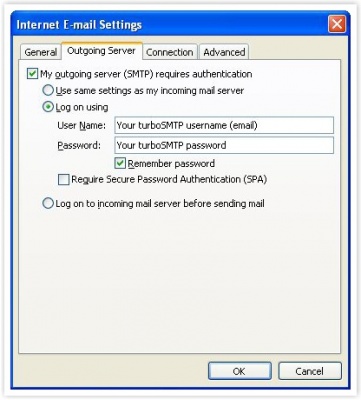


The stability of OS X makes it a fine platform for mail servers - it’s far better than OS 9, which has less-stable memory management. A mail server need not be on a dedicated machine - many organizations run e-mail, Web, and FTP services from one computer - but the more RAM your mail server has available to it, the faster and more efficient your e-mail service will be. It also accepts e-mail messages from other mail servers on the Internet, and it decides whether to deliver them to users on your server, reject them as undeliverable or unwanted, or relay them to yet another mail server for delivery assistance.

It accepts e-mail messages from people who have e-mail accounts on the server (your users), and figures out whether to deliver the messages to another user within your organization or to ask another mail server somewhere on the Internet to accept them. But if you want more flexibility and control of your e-mail than your Internet service provider can give you, you’ll need to run a mail server on your network.Īt the most basic level, a mail server helps send and deliver e-mail messages. It cuts down the costs and hassle of communicating with people around the world. To an organization, e-mail is arguably the most important Internet service.


 0 kommentar(er)
0 kommentar(er)
